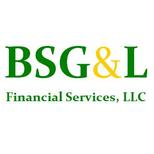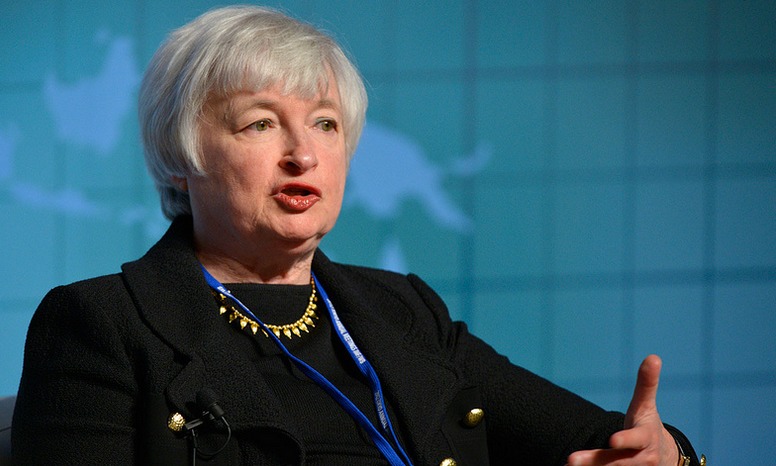The U.S. economy has continued to slowly expand as we move further into the second quarter. The initial reading on 1st quarter GDP was revised down to 2.5%. Sequestration and the payroll tax increase are slowing the economy, even though we believe the full effects have not been fully implemented. The April personal income was flat, no increase over March. The April personal spending was down 0.1% from March.
For the fourth year in a row, problems overseas continue to threaten the U.S. economy. For the last three years, fears of a euro-zone financial collapse scared investors both here and abroad. In their recent update, the OECD (Organization for Economic Cooperation and Development) stated that the extended period of economic weakness in Europe could lead to world stagnation or worse.
For a second year they have continued to lower their economic forecast for Europe. They are predicting that it will shrink another 0.6% which is on top of last years negative 0.5%.
Also, the Chinese GDP came in at a lower than expected 7.7% growth in the first quarter, but is showing some signs of improvement. Approximately 40% of Chinese exports go to Europe. The Chinese economy is one of the better economies in the world, but it will not grow at much higher rates until their exports pick up.
The world economy has picked up sufficiently for copper prices to settle at six week highs last week. However, overall, lower commodity prices, from cotton to oil, are helping businesses improve their margins and enhancing their earnings. However, I do not believe cheaper commodity prices are all bad. Even though the lower prices reflect weak global growth, they can also act as a subtle stimulus for the economy to start expanding.
A number of macro trends have proven helpful in allowing the Federal Reserve to continue their Quantitative Easing policy. In addition to lower commodity prices, the European recession, the Japanese devaluation of the yen, and a flood of global investors moving into dollar denominated assets (keeping prices down) have given the Federal Reserve a much greater leeway for the flood of liquidity without causing significant inflation.
Amidst the world’s economic travails, the U.S. economy does show areas of growth. The OECD forecasts U.S. growth at 1.9% this year and 2.4% in 2014. They also forecast world growth at 3.1% this year and 4% in 2014.
The United States economy is giving off mixed signals. Consumer confidence has risen to a rate we have not seen in several years. Margin debt has grown to an all time high, reflecting the feelings of investors who think the economy will continue to grow.
Sales of previously owned homes reached the highest level in more than three years. The median price of new home sales increased to $271,600.00 last week. Also the Case-Shiller Index of home prices showed an increase of 10% year over year. The index for each of the 20 cities was up.
However, durable goods orders show mixed signals. The durable goods orders for April were up, largely fuelled by aircraft orders. Yet shipments of durable goods dropped for the month, a signal the economy is slowing. There is generally a few months lag between orders and shipments.
In addition, shipments are a more true reflection of economic activity than orders are. Shipments are also a large component in the GDP calculation, which is currently forecasting a lowering of GDP growth.
Investing is more like a marathon, not a sprint. BSG&L has a long term investment horizon. I still personally believe industrials, including manufacturing and chemicals, are the place to be. I personally like chemical companies, fertilizer manufacturers, small to mid-cap exploration and production (E&P) companies that are increasing reserves and production year over year and manufacturing companies.
Two E&P companies I follow are Continental Resources (CLR) and EOG Resources (EOG). Both dramatically increased production year over year. Two smaller companies that have had reserve and production increases are Whiting Petroleum (WLL) and Oasis Petroleum (OAS).
In the master limited partnerships (MLP) space, I like Enterprise Products (EPD) and Kinder Morgan Partners (KMP). Both of these companies are increasing capital investment to gather, process, store and export our expanding natural gas, and gas liquid production.
They tend to be less sensitive to commodity prices, since they transport, store, and process oil and natural gas without taking ownership. These two MLP companies pay dividends and have shown an ability to increase quarterly distributions for some time. As share prices pull back, the stronger midstream gas companies may use their cash positions to acquire smaller rivals.
In the chemical industry, we like LyondellBasell (LYB), Huntsman Corporation (HUN) and Westlake Chemicals (WLK). Their profit margins have shown a greater increase due to cheaper natural gas prices than some of the bigger chemical companies.
LyondellBasell produced gains in earnings on their Q1 2013 earnings release. We believe the low natural gas prices and very low cost of natural gas liquids are mostly responsible for this. These companies are also increasing capital spending to take advantage of the advantage we believe they have over companies in other countries.
We also believe that heavy equipment manufacturers like Caterpillar (CAT) and Deere & Company (DE) will be potentially good investments over the next few years. Both of these companies are experiencing an earnings slow down due to a decrease of capital investing by mining companies and investment in agricultural equipment due to the slower world growth.
We recognize these companies are cyclical and feel that they will have a good chance of growing share price over the next few years as their growth re-accelerates, as we believe it will. They have a dominant position in the United States, which is growing, and we are seeing growth in China. Also, their PEG ratio is lower than other manufacturers in the heavy equipment sector.
We are not increasing our positions in the heavy equipment manufacturers as of now. We do feel as the world economy improves, these two companies will be good investment holdings.
As I mentioned earlier, home builders are showing good signs of growth. We like Toll Brothers (TOL) and DR Horton (DHI). We also hold a position in Home Depot (HD). We still like industrial commodity companies but we are not buying currently.
As the world economy begins to expand again, material producers like Cliffs Natural Resources (CLF), Freeport McMoran Copper & Gold (FCX) and the larger coal companies will once again move up in the investment placement arena. However, we’re waiting until we see copper, iron ore and coal prices increase.
Just to restate, I believe the economy is expanding in spite of the previously mentioned problems. That is why we are emphasizing investments in companies with what we believe to be good cash flow, good cash distributions and companies that operate in areas where they have a competitive advantage due to much lower energy costs and raw material input costs.
We prefer companies that we believe can generate good after tax returns. With interest rates at historic lows, even as dividend taxes go up, the after tax returns should be higher than most investment grade debt.
There is a growing shift from very low yield bonds into equity. With a negative real return on Treasury bonds in the last half of 2012, we are seeing a shift to higher yielding equities. The longer central banks keep interest rates low, the larger will be the flow of funds. This will probably help increase healthy companies’ share prices as we go forward.
BSG&L Financial Services LLC is a long term investor. We personally believe if you are patient, build cash and buy good companies on pullbacks, your stock portfolio should experience a positive growth over the long term.
Get to know Ben in our video below:
The investments discussed are held in client accounts as of May 31st, 2013. These investments may or may not be currently held in client accounts. The reader should not assume that any investments identified were or will be profitable or that any investment recommendations or investment decisions we make in the future will be profitable.



